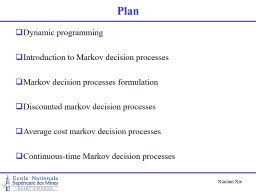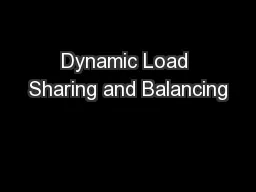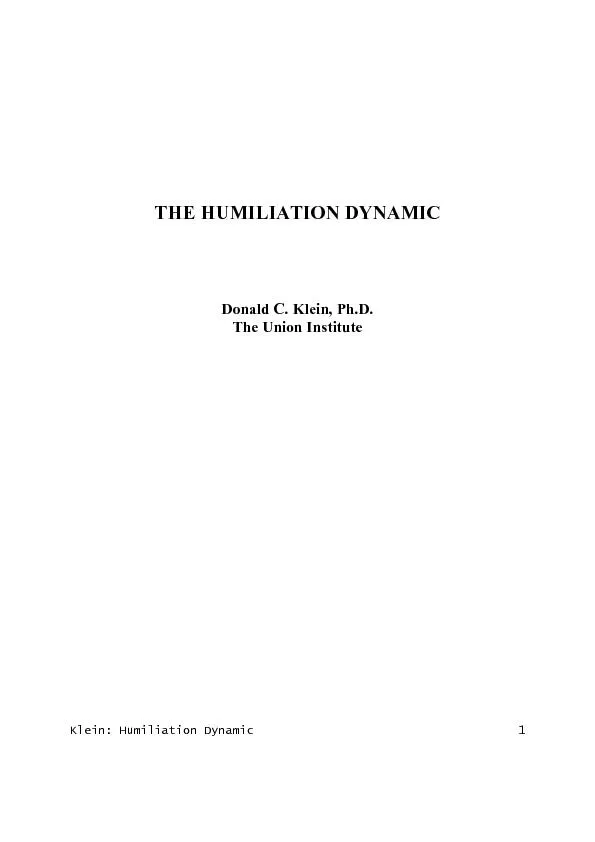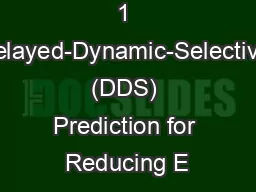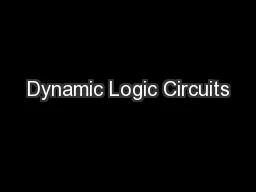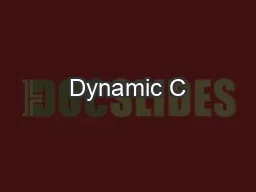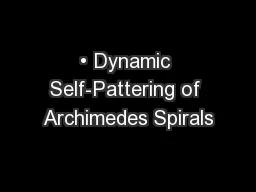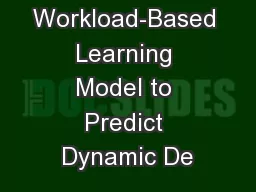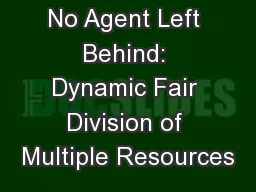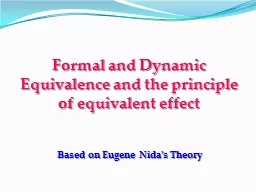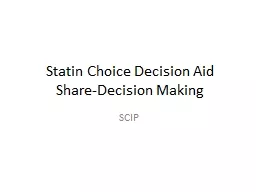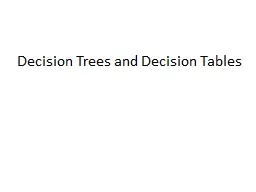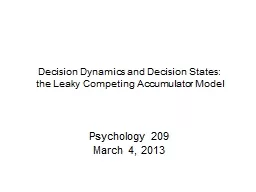PPT-UE2 Dynamic Decision
Author : gagnon | Published Date : 2023-10-04
Processes Instructor Prof Xiaolan Xie Schedule Date Time Where 10nov 1330 1800 S224 17nov 1330 1830 S224 18nov 1700 1800 S224 05jan 1330 1645 224 exam on courses
Presentation Embed Code
Download Presentation
Download Presentation The PPT/PDF document "UE2 Dynamic Decision" is the property of its rightful owner. Permission is granted to download and print the materials on this website for personal, non-commercial use only, and to display it on your personal computer provided you do not modify the materials and that you retain all copyright notices contained in the materials. By downloading content from our website, you accept the terms of this agreement.
UE2 Dynamic Decision: Transcript
Download Rules Of Document
"UE2 Dynamic Decision"The content belongs to its owner. You may download and print it for personal use, without modification, and keep all copyright notices. By downloading, you agree to these terms.
Related Documents

